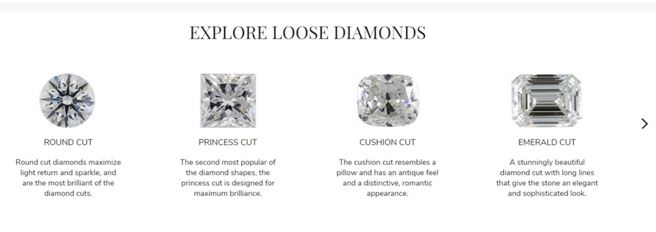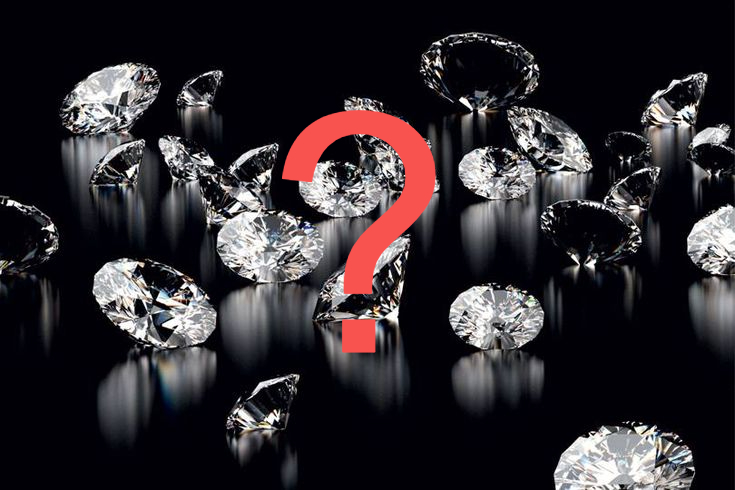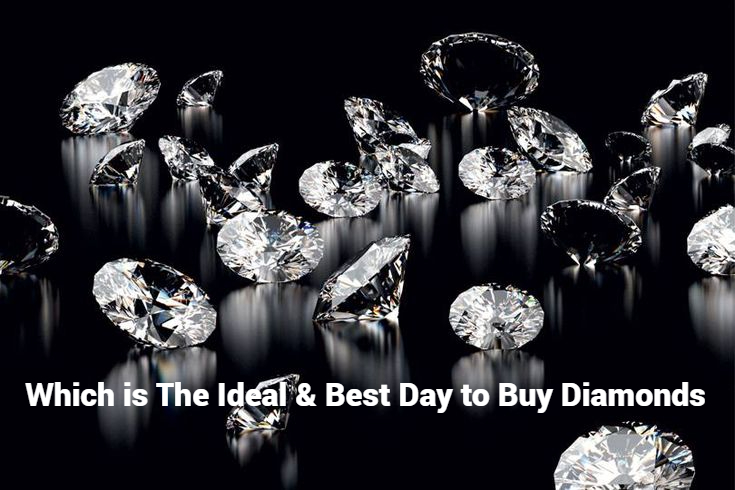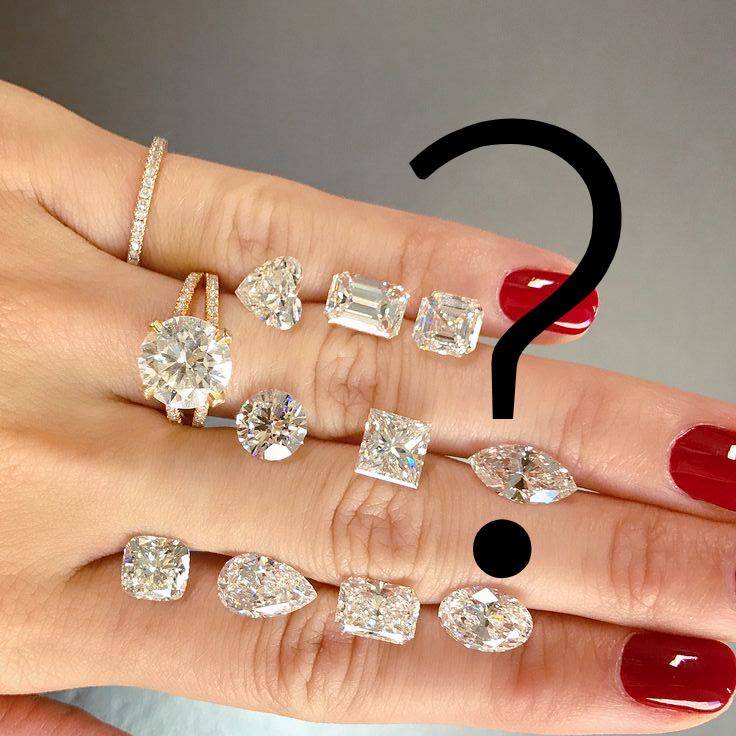Are you ready for this battle?
Side by side, three heavyweight diamond shapes; we compare and see which has the best qualities. You determine the winner. Comparing diamond cuts is important because buyers can sometimes be torn between choices. Some of the cuts might even be similar and only diamond experts might be able to give solid advice on what to look out for, based on the preferences of the client.
We would discuss:
- A brief history of each of the diamond cuts
- CUT:
- Radiant cuts are the most brilliant of the lot.
- Princess cuts refract 70% of the light that passes through them while cushion cuts refract 60%. This, in turn, determines a lot about their brightness.
- The corners of the princess and cushion cuts can be easily chipped
- The cushion-cut has a softer appeal
- All fancy cuts waste less rough diamond during the cutting process
- PRICING:
- The princess cut is the most expensive of the three.
- The cushion cut is the next most expensive
- A radiant cut diamond can be bought 30% lesser than the corresponding princess and cushion cuts
- POPULARITY:
- The princess cut is the second most popular diamond in the diamond world, after the round cut diamond.
- The cushion cut is the third most popular diamond in the gem world.
- Radiant cut diamonds are less popular but also have a large following.
- CLARITY:
- Radiant cut diamonds are best at hiding inclusions.
- The princess cut also hides inclusions fairly well
- The cushion-cut does not hide inclusions well
- COLOR:
- They all have visible coloring, however, it is more obvious on the princess cut, because of its pointed edges. Colour concentrates around its corners and edges.
First a brief history of each of them:

CUSHION CUT DIAMONDS
These are also known as the ‘mine cut’ or the ‘old mine cut’. Cushion cut diamonds took their name from their shape. In case you are still wondering, it looks like a pillow.
Yes, so cushion = pillow. Ok? Get it?
They have been in circulation since the 19th century and were first discovered in Brazil. When they were mined in Brazil, they were referred to as the ‘mine cuts.’ However, soon there was the discovery of diamonds in South Africa and then, the Brazilian mines became known as the ‘old mines,’ hence, their name also changed to ‘old mine cuts.’
Cool story.
Cushion cuts are usually 64 faceted brilliant cuts that have evolved, undergoing various modifications to look like what they are present. They have been worn by celebrities like Meghan Trainor, Iggy Azalea and Ivanka Trump. They are among the most popular diamonds in the world.
RADIANT CUT DIAMONDS
The radiant cut is one of the newest additions to the diamond industry. It was introduced in the late 1970s by Henry Grossbard.
This diamond right here combines the brilliance of the round cut and the purity of the emerald cut to produce something graceful and elegant or best put, radiant. It has 77 facets and belongs to the group of diamonds known as hybrids because it combines various outstanding features from various cut patterns. It is also known as the rectangular modified brilliant diamond.
PRINCESS CUT DIAMONDS
Unlike what you might have been thinking, this diamond was not named after any princess in particular. It originated in the United States in the 1960s – it is one of the relatively newer generations of diamonds and it is said to be one of the most popular diamonds around today. It is amazing that in such a short time, the princess cut has gone on to be one of the most popular and the reason is not far-fetched: Princess diamonds have such a classic look. Whatever angle you look at them, they stand out. Even when turned upside down, they give a pyramid shape which all adds to the style and elegance of these diamonds.
In short, they signify royalty in the gem world.
Having an idea of their origins, how do they stack up against each other.
- CUT: As the most important characteristic of diamonds, we begin with the cut.
CUSHION: Cushion cuts are brilliant cuts. The modern cushion cuts have 64 facets which add to their brilliance. They also exhibit fire and scintillation and refract light well. It is estimated that the cushion cut would refract about 60% of its light, which makes for a little above average in terms of light refraction. They, however, possess an unmatched degree of fire, even a bit higher than the round cut. The cushion-cut gives a feminine appeal with its curves and edges. It has soft rounded corners and still retains the square shape. It has always charmed buyers with its appeal. The cushion-cut has a girdle that can be chipped off, reducing its durability
RADIANT: The radiant cut has the brilliance of the round cut. It would refract light almost 100%. This means that it produces more shine and sparkle than both the cushion and princess cuts. It also has a rectangular outline, with slightly curved corners, not as straight as the princess cut, but also not as curved as the cushion. The 77 facets are arranged to usually produce an ‘X’ pattern
PRINCESS: Princess cuts, on the other hand, are also brilliant cuts, but with 76 facets for added brilliance, fire and scintillation. This cut has bold lines and pointed edges and it is also referred to as a square modified brilliant. It gives a stronger appeal than the cushion cut, with its bold lines. The princess cut would refract about 70% of the light that passes through it, which is higher than that of the cushion. It, therefore, has more brilliance than the cushion cut. The sharp corners of the girdle of the princess cut can be easily chipped or snag unto fabrics; this is one of the reasons they are considered fragile.
For all fancy cuts, more diamond is preserved during the cutting process. The princess cut can use as much as 60 – 70% of the rough diamond from which it was cut.
- PRICING: This is very important to the buyer and the seller. Generally speaking, fancy cuts like the cushion and princess cuts are cheaper than the round cut. This is because they maximize more of the rough diamond during the cutting process. However, there are also price differences among the fancy cuts, based on their popularity and demand. Since there is more demand for princess and cushion diamonds, they would be more expensive than radiant cuts. As a matter of fact, you can get save to 30% more when buying a radiant cut, instead of a cushion cut. As the second most popular type of cut in the world, the princess cut is also more expensive than the cushion cut.
- POPULARITY: The princess cut is the most popular of the trio, owing to its brilliance, boldness, and elegance. The next is the cushion cut, which is also in very high demand. Together with the round cut diamonds, they form the top 3 of all diamonds in demand today. The radiant diamond is not as popular as the princess and cushion but still has a large following. The implication of this is that the princess and cushion cuts would be more readily available than the radiant cuts. This becomes very significant when trying to purchase high-quality radiant diamonds; it might be quite difficult.
- CLARITY: The radiant cut is the best at hiding inclusions and flaws in the diamond. This is due to the way the facets are arranged. The next is the princess cut, which fairly hides inclusions well. The poorest in masking inclusions among the three is the cushion cut and a grade of no lower than SI2 is recommended.
- COLOR: They all easily display color. But the princess is most obvious because of its pointed edges, which displays a lot of color on examination. The reason for this is the concentration of color at the corners which are straight and pointed edges.
- CARAT: The radiant cut would most likely look the smallest, due to the depth of the cut. A princess or cushion cut of the same carat would usually look bigger than the radiant cut when compared. They have wider girdles and are not cut as deep as the radiant cut.
When all is said and done, the final choice of what to buy rests on the buyer. Make sure that whatever type you pick brings you joy and serves the purpose for which you need it. It is the most important factor in all of these.
Furthermore, no two diamonds are the same and even if certain figures are recommended, each diamond should be compared individually, not just by statistics and what has been written down!
In conclusion, we have been able to compare three similar cuts. We have seen similarities and differences, all of which is to enable you to make an informed decision.
Be sure to contact your gemmologist in case you are confused about anything.


